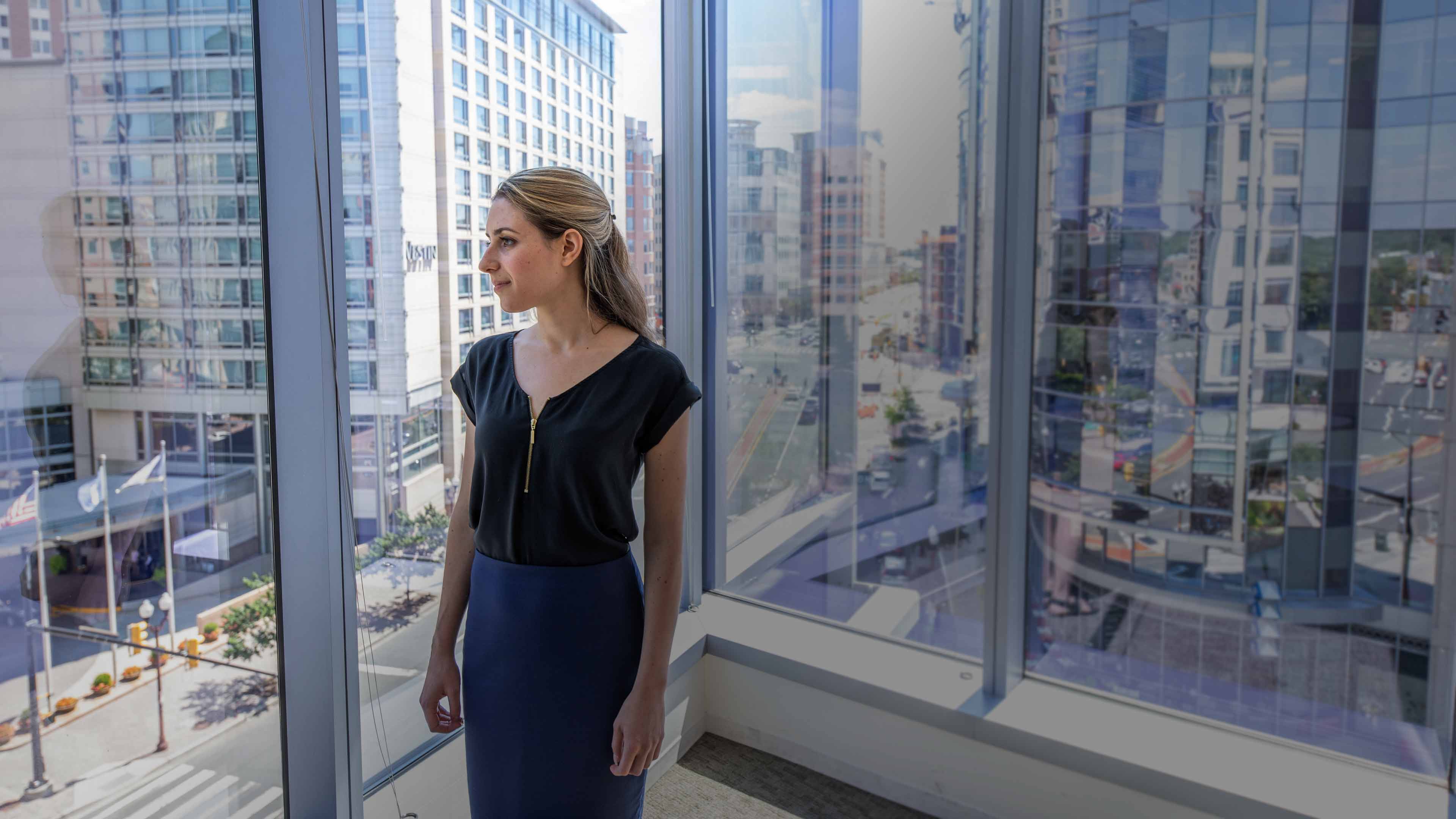Christina DiMarino looked to be a prime candidate for the Center for Power Electronics. There was only one problem.
Electrical engineering professor Dushan Boroyevich made a point of sitting next to Christina DiMarino during a dinner in spring 2012.
As the then co-director of the Center for Power Electronics Systems (CPES), Boroyevich was on a recruitment mission. He saw promise in DiMarino, who’d been offered a competitive Webber Fellowship to study at Virginia Tech.
There was only one problem: DiMarino didn’t know what power electronics was.
“I came for recruitment weekend and got to visit a bunch of labs,” DiMarino said. “But actually CPES was not one of the labs that I chose to visit ... which, apparently, was a mistake.”
Recruitment weekend allowed her to explore options for her upcoming studies through Virginia Tech’s direct Ph.D. program, which allowed her to move straight from her general engineering undergraduate degree at James Madison University into her doctorate studies in electrical engineering at Virginia Tech.
“The last event for that recruitment weekend was a dinner, and Dushan sat right next to me and asked, ‘are you Christina?’ I said yes, and he said, ‘did you tour CPES?’ I said no,” DiMarino recalled. “And he said, ‘Ok, after dinner, you’re going to come tour the CPES lab.’”
“CPES was not one of the labs that I chose to visit ... which, apparently, was a mistake.” -Christina DiMarino
The dinner wrapped up and the pair walked to Whittemore Hall, where the center occupies the majority of the first floor and has room for more than 50 graduate student workspaces.
“I toured the lab with him and then felt so silly. I was blown away by the lab: huge space, state-of-the-art equipment, just a beautiful lab. Every researcher’s dream,” DiMarino said.
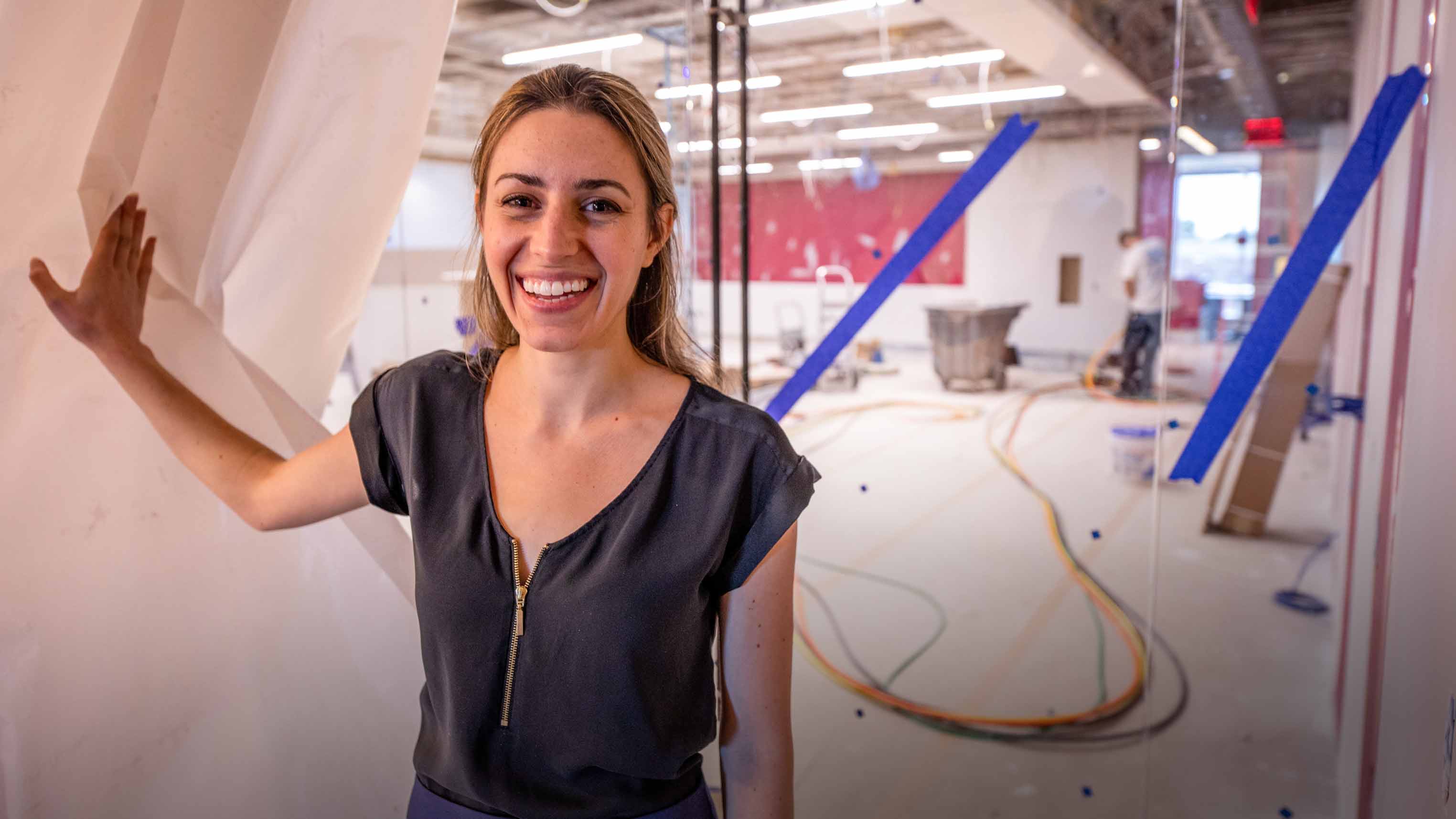
In showing her the internationally renowned center’s research projects, Boroyevich gave DiMarino a crash course in power electronics — an omnipresent field, considering its findings improve the efficiency of electronically powered devices, such as cell phones, electric vehicles, and solar panels for a home. DiMarino instantly saw how expansive the field already was, with further growth on the horizon in an increasingly electric-powered world.
“I just knew whatever power electronics was, I needed to learn very quickly and get in that field,” DiMarino said.
Now, a few years later, DiMarino is finishing up her Ph.D., is the assistant director of CPES under Boroyevich’s directorship, and will assume a faculty position at the center at the conclusion of her Ph.D.
But she won’t be working in Blacksburg. In fact, DiMarino has been working for more than a year on building a presence in the National Capital Region at Virginia Tech Research Center — Arlington for CPES, starting with a lab that opened in late September 2018.
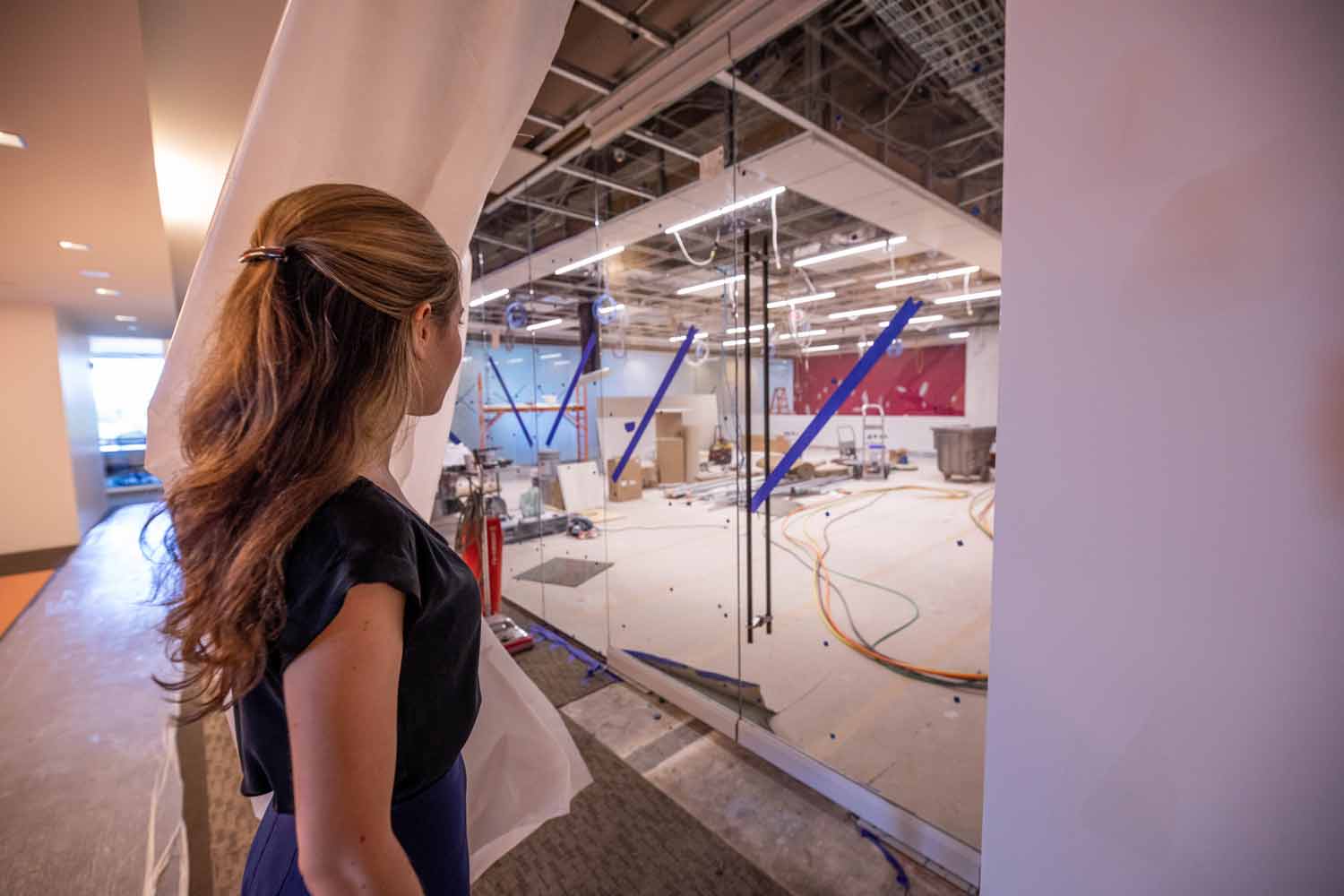
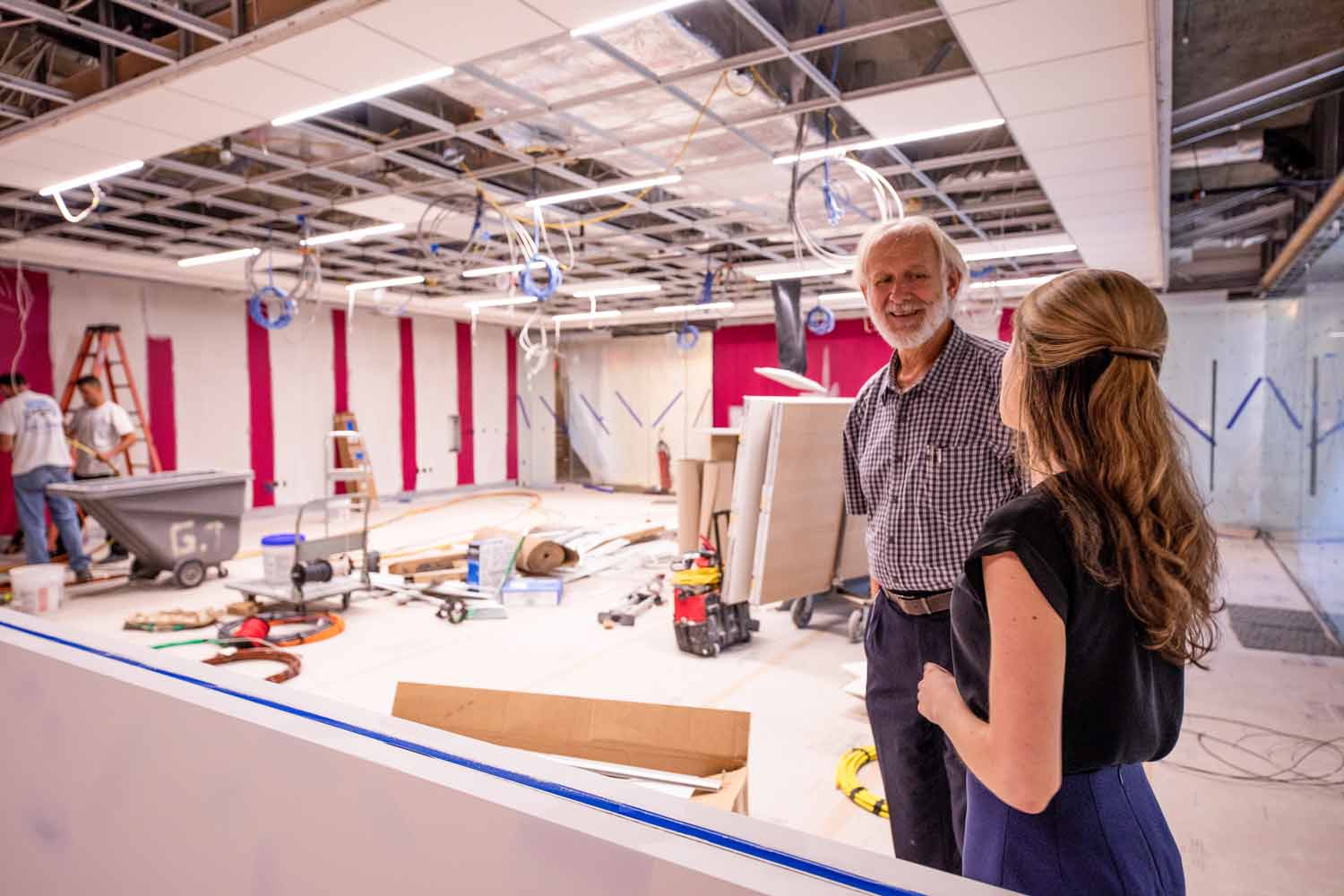
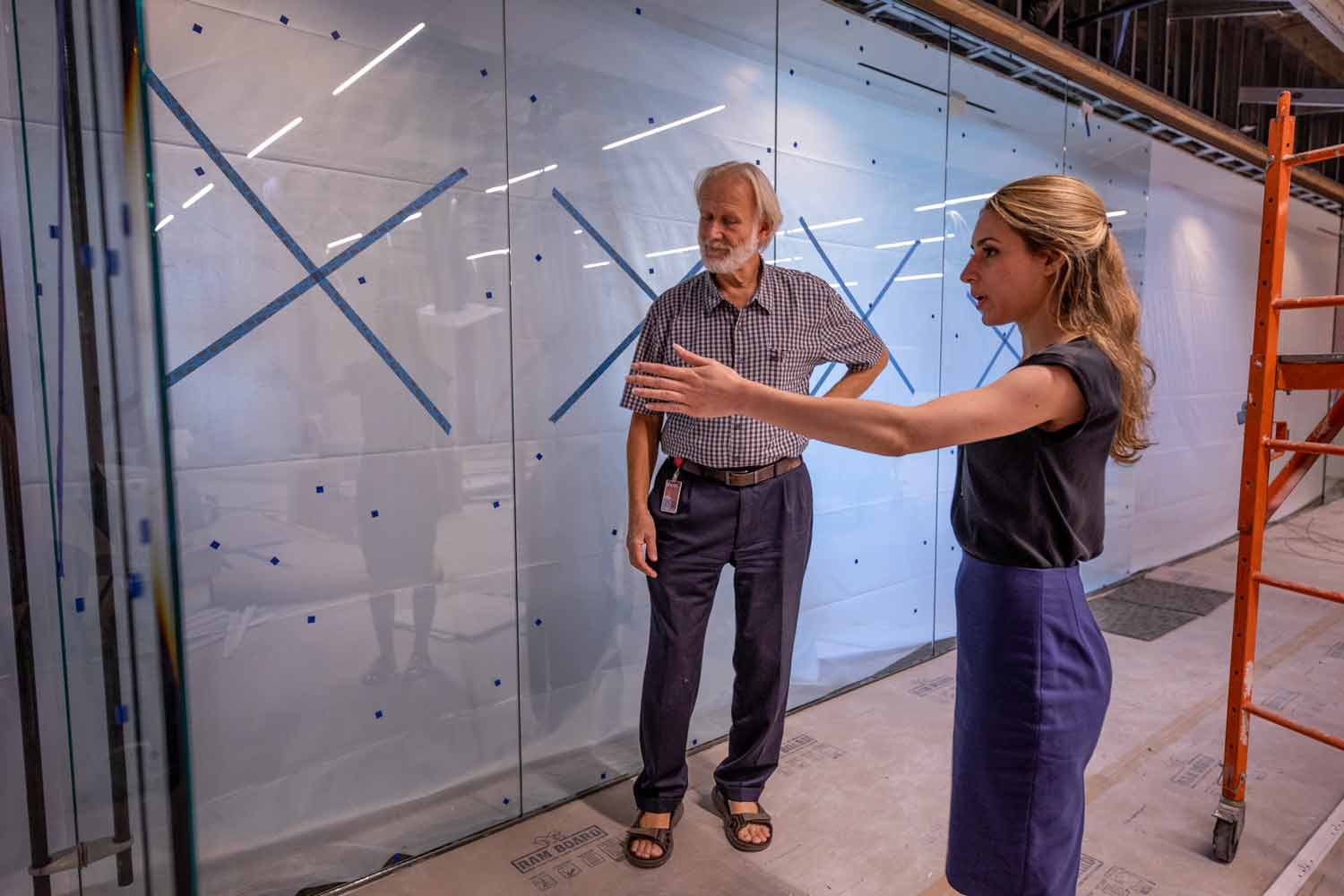
The new lab will hold about 10 more graduate students and will collaborate on projects across both campuses. In the future, DiMarino says, there’s a conversation to be had about moving certain projects specifically to the Arlington lab, considering many of the government and industry funding agencies behind projects have a presence close by in the national capital region.
Of course, DiMarino also already has her sights set on growth — but she says the Arlington-based center will first need to demonstrate a successful long distance arrangement.
“Eventually we would love to grow up here and expand our capabilities,” DiMarino said, “but one step at a time.”
As they settle in, DiMarino said the center will look to branch out to more funding agencies in the national capital area. They also plan to strengthen the connection to Virginia Tech’s College of Architecture and Urban Studies, which also has a presence in the area.
Given the urban setting, it’s a natural collaboration: as cities grow, an increased population demands more efficient energy and power solutions to sustain the grid.
Though traditionally energy-efficient buildings are heavily based on the architectural design and tweaks to the electrical infrastructure, DiMarino says CPES wants to work directly with the College of Architecture and Urban Studies to “design the architecture around the electronic energy systems or tie in the electronic energy systems into the architecture.”
“So we think if we work more closely with the architects, we could find ways to better incorporate power electronics into our everyday buildings,” DiMarino said.
The center and the college has already demonstrated the possibilities of collaboration through their work together on FutureHAUS Dubai, an innovative, interdisciplinary, and ambitious project to design and build a futuristic, modular smart home. While students and faculty from the College of Architecture and Urban Studies designed and built the structure and components of the home, CPES helped build the electrical “spine” of the home — which, thanks to the center’s input, is a net-positive energy home that can sell energy back to the grid.
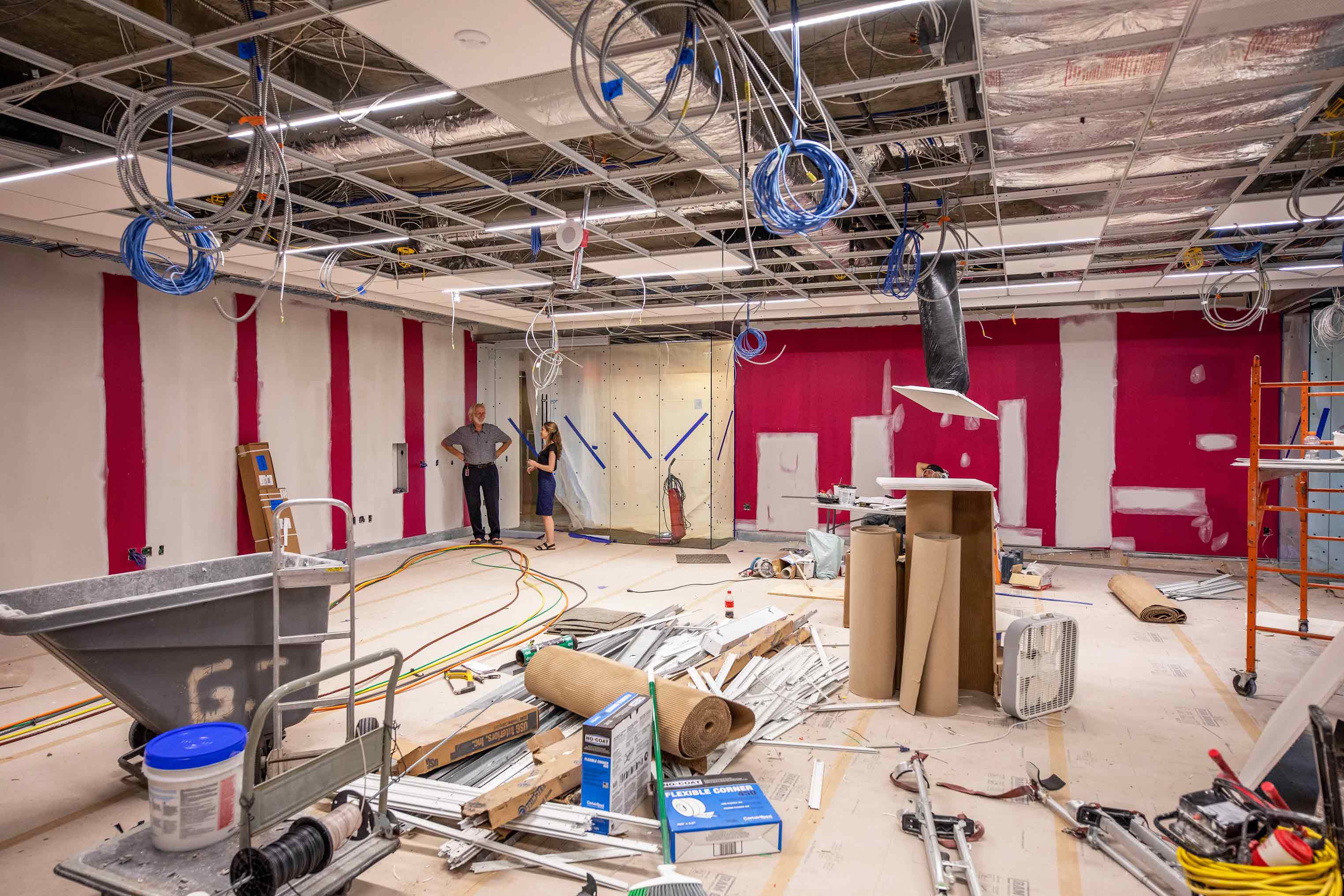
At the very least, DiMarino recognizes that the center’s prominent new home in the nation’s capital can raise awareness of the field of power electronics as a whole.
For DiMarino, it’s a personal mission, considering her previous unfamiliarity with the field. Outside of her work with the center, DiMarino works extensively with an international power electronics group and has helped revive the student chapter at Virginia Tech.
She hopes to spread awareness of the field worldwide to attract further talent — and, she hopes, more women. While women make up a third of CPES faculty and students, DiMarino says there’s still work to be done, particularly on a global scale.

But just as with the center’s new presence in the National Capital Region, it’s a process, one step at a time.
“I still feel like overall knowledge of power electronics is low. Maybe the first step should be to spread the knowledge of power electronics, and then we can work on encouraging women to go into that field,” DiMarino said. “But you can’t get more women into the field if people don’t know what power electronics is.”
Photos by Erica Corder, video by Uncork-it Inc.
If you want to have an impact on our students and faculty like those featured in this magazine, go here to support the College of Engineering. For more information, call (540) 231-3628.
-
Article Item
-
Article Item
